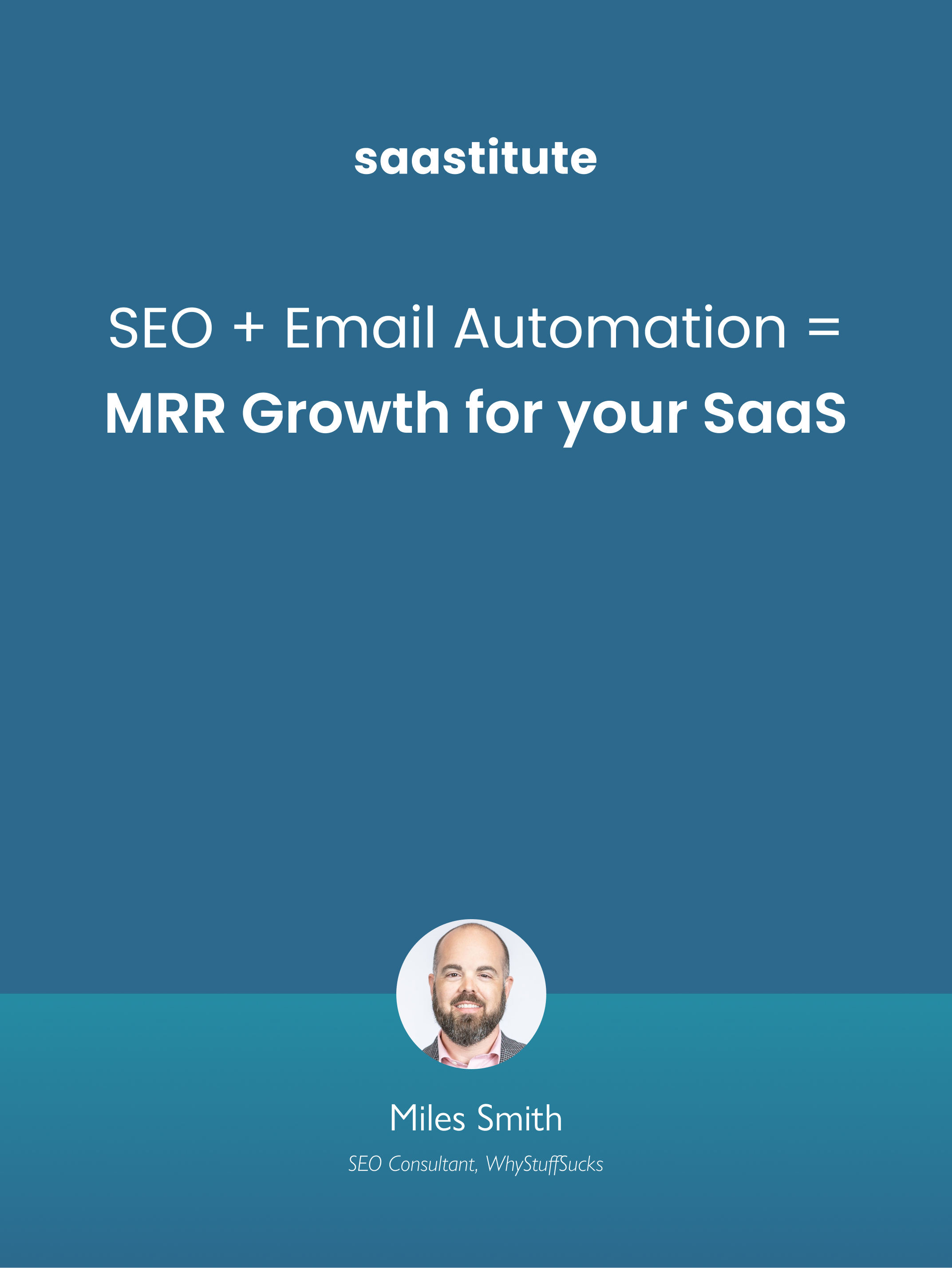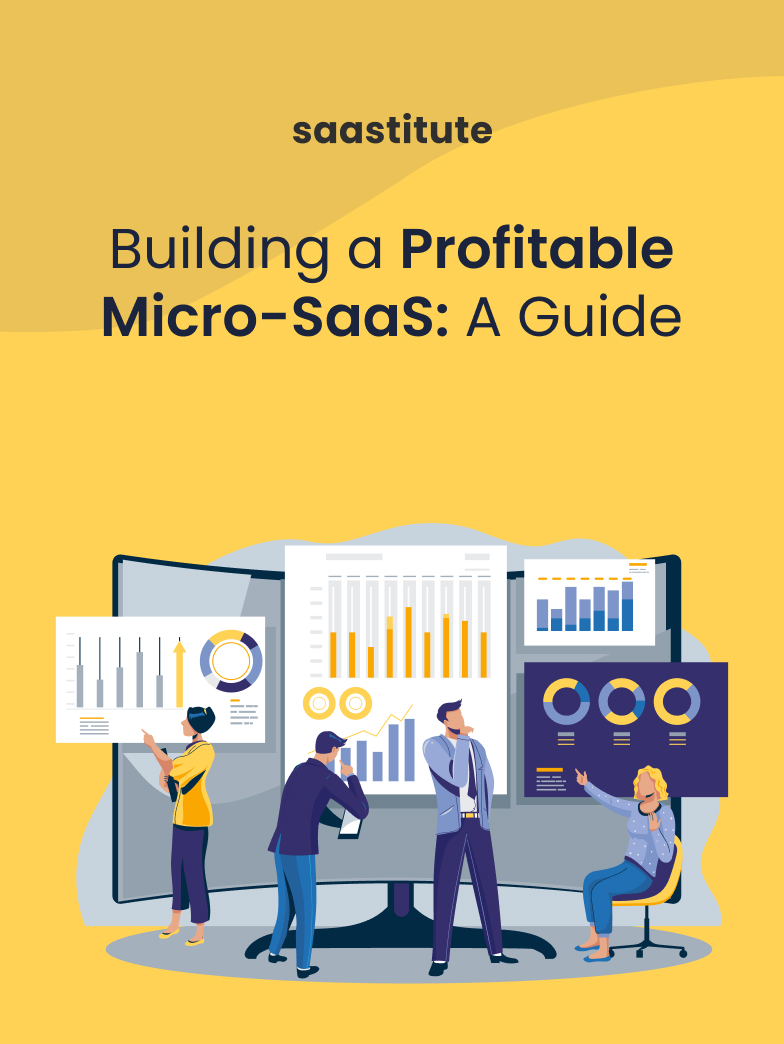How to Price Your Saas for a Post COVID-19 Launch?
Come COVID-19 and subsequent price crunch, businesses are very conscious of their software spending. Given the intense market competetion, outcome-based pricing is SaaS pricing model that can give you a competetive edge.
.png)
It’s no surprise that the COVID-19 has hampered business globally. Especially for SaaS, as most companies follow a recurring revenue model with a need to maintain long-term relationships, the business is slow. It is very difficult to attract new customers. Savings are more important now than ever. You may not be able to acquire new clients, retain old ones or see an increase in revenue. Companies need to focus on retention because it is very difficult to get it right.
So make retention your best friend. By maintaining and enhancing the positive experiences of the current users of your product, you can get through these tough times. You may not see any growth or it may be slow, but you’ll mitigate losses.
But for new SaaS companies, it’s hard to come up with a pricing plan for their products which were developed and released after COVID-19. In this blog, we’ll go through a few pointers to keep in mind while pricing your SaaS.
What did COVID-19 change in SaaS?
The advent of subscription-based services
The convenience and cost-effectiveness of digital subscriptions have increased the adoption of a wide range of software services. Customers find this option very attractive for the choice of annual or monthly license fees, along with simple purchases and low entry fees.
Evolution of the SaaS model
From a lot of local and manual effort for the installation and administration of applications, the SaaS model enables the hosting of software applications in the cloud and makes local storage superfluous. The acquisition and program administration costs are also reduced. Multiple users can remotely use the form at the same time, allowing for stronger and more secure data backup and recovery.
Low software costs
The cost savings in the SaaS model are very significant. Low entry costs often allow customers to classify software investments as operating expenses rather than capital expenditures. With most operations being data-driven, the customer's ability to launch and scale digital applications as part of their digital transformation strategy has improved.
Best Pricing Model for Post COVID-19 Launch
Outcome-based pricing is one of the many pricing models, and it is when the price of a product is perceived based on value rather than cost. Businesses need to understand where customers see the value of their products and then adjust prices accordingly. Outcome-based pricing is a fundamental change in the way people think about pricing.
Here’s an article on what your Saas should cost to learn more about the things to keep in mind when pricing your Saas.
By structuring their pricing based on the actual value of the product and how customers perceive that value, they could better develop a pricing strategy that justifies your company's investment.
When is it viable to pick outcome-based pricing?
While pricing based on the result for B2B service contracts is quite common, it is not suitable for any contract. As a guide, probably if your relationship or project providers are at least one of these three dollars:
- Projects with their black and white results for the initial results. Example: You can rent a digital marketing agency to get a special budget within 3 months - and the agency does not cost until this happens.
- There is a strong relationship - if you have worked for many years, they know their business, gain more trust and are less priced. The supplier controls the last end of the project.
What about Usage-based pricing?
Many SaaS owners might be tempted to consider usage-based pricing model. Usage-based pricing is one in which customers only pay a fee for using a product or service. Although invoice is usually paid to the vendor at the end of a fixed cycle, usage costs fluctuate depending on what the customer actually consumes.
It is very difficult for vendors to predict sales because customers only use the services they need. And even if you have enough data to predict this, you can’t spot unexpected fluctuations.
As usage varies from month to month, the costs may vary. For example, you might need a certain amount of resources one month and not the next month. If you choose the usage pricing model, you should be able to control these fluctuations.
Small businesses know that their service costs can go up or down each month based on usage. Large businesses, on the other hand, may need more predictable costs. You need to understand your ideal goals and needs.
Why pick outcome-based over usage-based?
Increase company value
The value of the company grows with the success of the customer. This helps your company achieve customer goals and add value. This in turn increases the value of the company and improves the bottom line.
Customers become loyal
Sales are the result of listening carefully to customers. Your conversations are the basis for strengthening customer relationships. This increases loyalty, customer investment, and better results.
Trades close faster
Isn't every business's primary goal to do more business? Sales results help improve product results and close deals faster. There's a better chance of getting better deals with more opportunities.
Fixed price
Since customers know the price of the usage, they will be much more satisfied with the price they’re paying if they get a lot of utility from the SaaS
One more pricing model
One of the pricing models taking the SaaS industry by storm is Freemium.
Freemium is when the service is available to any user for free but with certain restrictions to the features available. Popular music streaming platform Spotify offers a Freemium plan but with ads and inability to add songs to the queue and skipping restricted at 6 songs per hour.
These limitations are obviously very annoying to someone who wants to listen to what they want. This is more of a push towards users to purchase a paid Spotify subscription.
Here’s an article about how to get the good out of the bad side of freemium that talks more in depth about the freemium pricing policy and how to monetize it.
To wrap it up…
As the customer experience with COVID-19 plays a new role, it's important that you sell the results to customers. This contributes to the success of the customer, creates opportunities for a long-term relationship and creates a good customer experience.
With a results-oriented pricing strategy, your customers get what they want. As a result, they stay with the company longer and guarantee the customer's success, thus developing a brand loyalty.














.svg)


